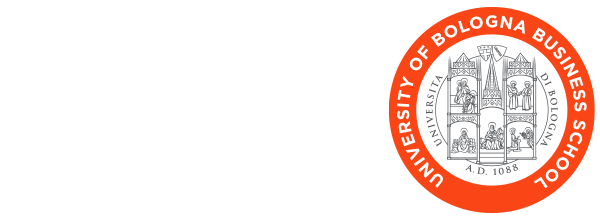
The transition to sustainability also comes through small and medium-sized enterprises.
Arti Grafiche Reggiani, a small business in Bologna, Italy, was founded in 1967 and is now led by the second generation of entrepreneurs. It operates in the packaging of consumer products. They redesigned a package for food products, which previously had a resealable plastic tab so that the plastic was excluded from the closing component. Now, the multiple opening and closing function of the package is provided by a paper interlocking system that becomes an integral part of the wrapper.
A small thing? Sure, but comparing the two solutions, the impact generated by the innovative one, christened (and patented) Eco-Logiko, results on the one hand in greater recyclability, thanks to the use of a single material product, and on the other hand in better stackability, which in turn reduces emissions per unit of product transported. And the result is that with the new design there is a measurable and relevant positive impact on the environment, considering the average production of packages reserved for an average retail customer. A systems approach to the life cycle of packaging thus becomes key to reducing its environmental impact: in this case, avoiding the use of plastics and redesigning following eco-design criteria.
The calculation of the environmental impact of the new solution was performed by applying the Life Cycle Assessment (LCA) methodology. Eco-design and LCA were used simultaneously to test and validate the redesign process. And at Arti Grafiche Reggiani, they are already working on further developing the idea to ensure greater sustainability of the solution. Meanwhile, the Bologna-based company was awarded a special mention by the Emilia-Romagna Region’s ER.RSI Responsible Innovators initiative and was a finalist, with Eco-Logiko, for the 2022 “packaging Oscar.”
Circularity then becomes an even more pressing urgency at a time like this of sharp increases in raw material costs. For packaging it acquires more relevance because of the growing consumer awareness of single-use products and the presence of micro-plastics in the marine ecosystem, the marketing of packaging that is increasingly complex and difficult to recycle as well as the ecomodulation of environmental contribution, no longer based solely and exclusively on the tons of products placed on the market but also on their level of recyclability.
The Reggiani case shows how the involvement of small businesses is not only useful, but indispensable in an economy such as Italy’s, whose structure is based on SMEs: indeed, they account for 99 percent of all companies and 41 percent of the turnover, 33 percent of private-sector employment and 38 percent of added value in Italy. Moreover, SMEs can, as Arti Grafiche Reggiani demonstrates, act on technical product innovation, which appears to be easier to achieve than the path beaten most insistently so far, that of trying to change consumer habits.
In their journey towards a circular economy, however, SMEs are confronted with an environment of fragmented regulations and lengthy and labyrinthine authorization processes, a context that is obviously, especially for smaller firms, difficult to navigate and ends up discouraging or making investments riskier, as argued by the female researchers from the Centre for sustainability and Climate Change of BBS[1].
From a regulatory perspective, however, there is also a realization of the importance of incentivizing the redesign of packaging, both rigid and flexible, to make it more recyclable. The 2019 European Single-Use Plastics Directive, which aims to reduce the impact of certain plastic products on the environment, introduced a ban on the marketing of a number of single-use plastic products and oxo-degradable plastic products. This encourages innovative business models based on reuse and extending responsibility to the consumer as well as the producer and recycler. For companies, this means that those that adopt circular thinking better ensure their positioning in the market in the long term but are also in a position to cope in the short term with the survival that is challenged by the scarcity of raw materials. This is an issue that has come to the fore recently, in an international context that has challenged long and complex supply chains. From a strategic perspective, overcoming this situation can come precisely from the ability to redesign products, processes and services from a circular perspective.
The opportunity of creating value from waste or sparking virtuous business models is possible, however, only through a collective effort and a systemic view in which regulatory, technical and market implications of the context in which they operate are taken into account. It is imperative, therefore, even for SMEs to look beyond company boundaries, in design, management, and environmental analysis and then create value in an increasingly local supply chain. Only in this way can small be both beautiful and sustainable.



